Southcoast Wonders: Roadside cemeteries offer connections to history — and Halloween vibes
- Oops!Something went wrong.Please try again later.
The past is around every corner in southern New England, often literally. The cities and towns of Greater Fall River still carry signs of history that go back to this country’s founding — gravestones, slate and granite, marking the final resting places of people who led fascinating lives ages ago.
Tiny roadside cemeteries can be found all over the area, dozens of them, often hidden behind centuries-old stone walls in family burying grounds that have been maintained as green space while the modern world has developed around them. While some of these grounds haven't seen new burials in over a century, a few are surprisingly active.
Visiting these out-of-the-way spots is a great way to touch local history, see something you may never have noticed before — and most importantly these days, set the perfect mood for spooky season. Just remember to leave no trace and be respectful.
Here are 13 hidden spots worth seeking out to find some fall vibes.
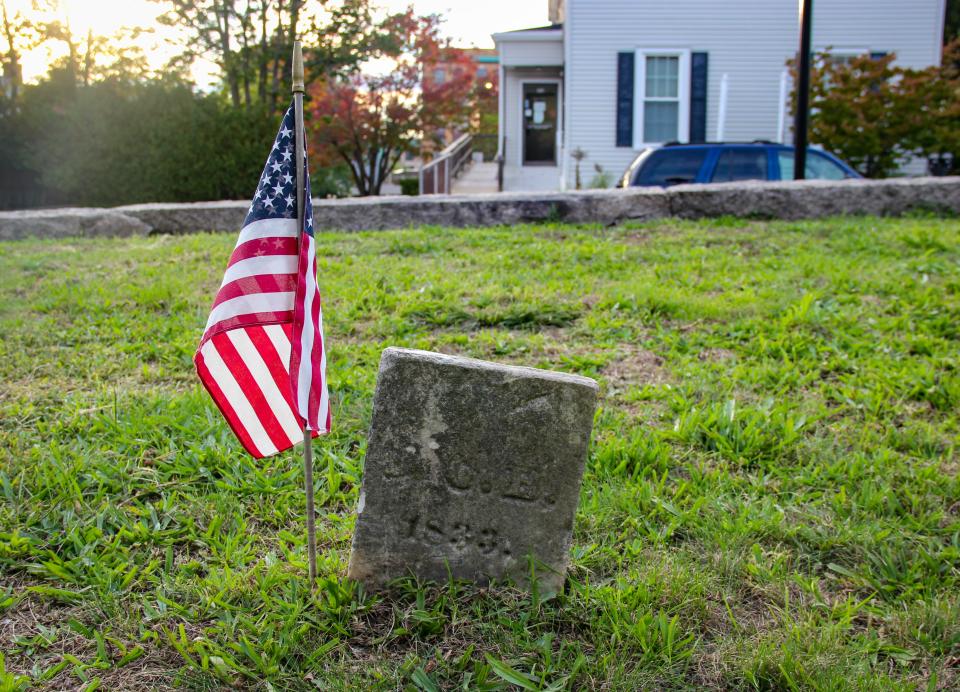
A living space: Fall River's Oak Grove Cemetery is growing, and developing a master plan for its future
Borden-Bowen Cemetery, Fall River
Where is it? This small cemetery on Purchase Street is directly next to the Church of the Holy Spirit — but it’s not a churchyard. It’s municipal land, maintained by the city. It was once a family plot on the site of the Bowen farm.
How to visit: Walk along Purchase Street and it’s right there, elevated above street level, surrounded by a granite wall. To actually walk on the grounds, you’ll need to cut through the church’s driveway and slip in the back.
Who’s there? As the name suggests, the cemetery holds members of the Bowen and Borden families through the 1800s (though not those more famous Bordens). The Bowens are among the oldest Fall River families, with patriarch Abraham Bowen Sr. — below the largest headstone — being one of the founders of the Fall River Manufactory, the first cotton mill to be built over the Quequechan River and the city’s first successful textile mill. He was also the city’s first postmaster, and died in 1824.
Fun facts: Remember how Fall River was known as Troy from 1804 to 1833? That was Abraham Bowen Sr.’s idea.
Spookiness factor: 1/10. Despite being a cemetery, it’s not very spooky at all, especially since new streetlights line Purchase Street.
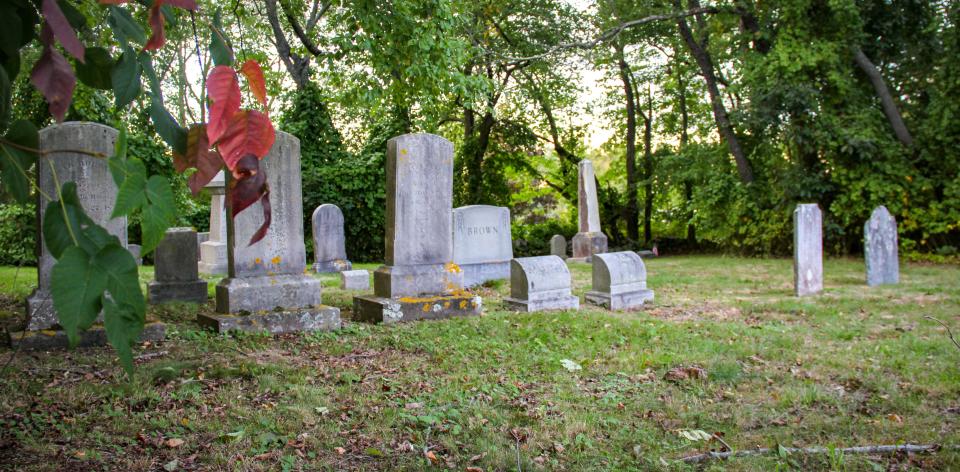
Valentine-Reed Cemetery, Fall River
Where is it? A stone’s throw from the Freetown border in the north end of Fall River, this city-owned plot is tucked between the two entrances to the Four Winds apartment complex.
How to visit: Valentine-Reed sits directly on North Main Street, and is accessible to the public.
Who’s there? As the name suggests, this was originally a family plot for the Valentines and their descendants, who owned substantial acreage in this area in the mid-18th century. Among them buried here are William Valentine, who built the historic house at 5015 N. Main St. In 1767.
Fun facts: Though most of the monuments are from the 1800s and early 1900s, the most recent burial here seems to have been in 1996, Eleanor Winslow Athearn. She was married to Roy C. Athearn, a descendant of the Valentine family; they lived in that historic home.
Spookiness factor: 4/10. It's just steps away from a main road, and a condo complex next door, but hidden corners make this cemetery worth exploring.
Saving the past: Fall River OK'd the Community Preservation Act 10 years ago. Has it been worth the money?
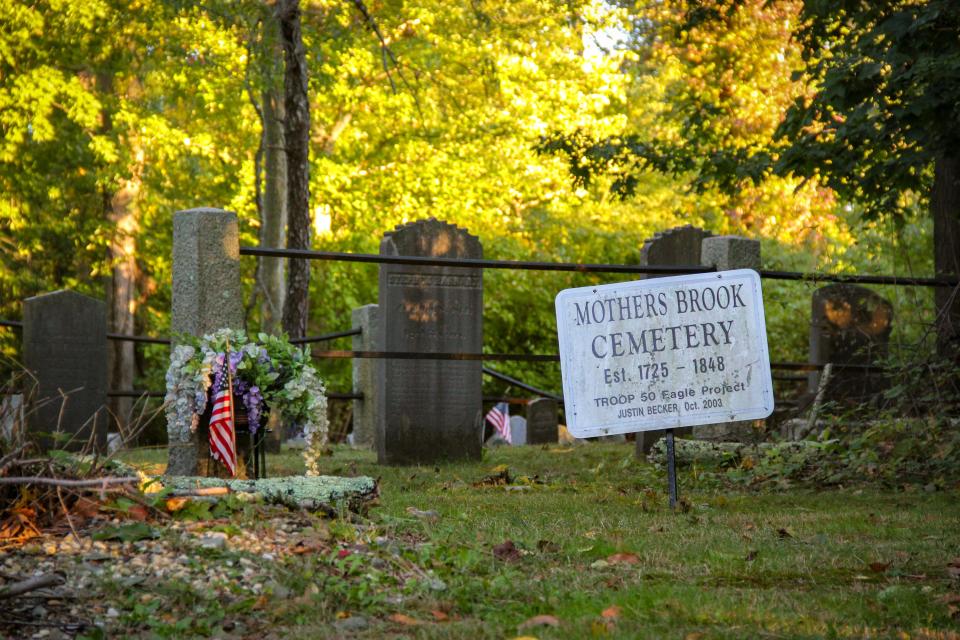
Mother’s Brook Cemetery, Fall River
Where is it? Almost directly across North Main Street from Valentine Cemetery, you’ll find this small burial ground hidden in the woods.
How to visit: Park along North Main Street between the entrances to Four Winds and look for a clearing across the street. You'll need to climb a small hill.
Who’s there? Many of the gravestones here are for early colonial settlers, with some dating to the 1700s, including that of Capt. Constant Church — son of Col. Benjamin Church, early European colonist and leader of the English forces against Native Americans in King Philip’s War.
Fun facts: Although this cemetery is within Fall River’s borders, technically this space belongs to the town of Freetown, never having been transferred when Fall River became a separate community in 1803.
Spookiness factor: 6/10. The plethora of unmarked stones here gives it an eerie atmosphere.
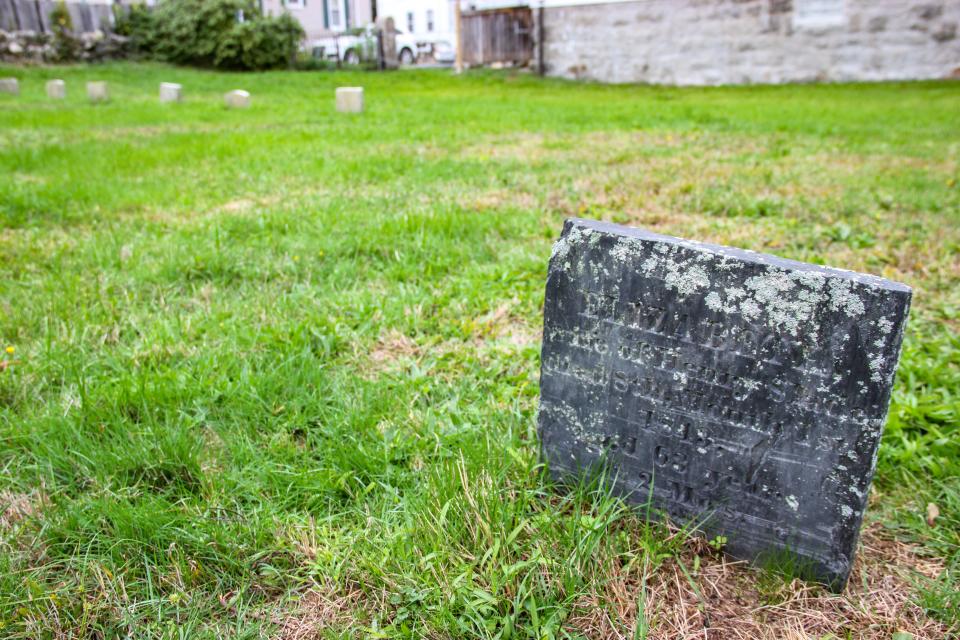
Fall River Friends Cemetery, Fall River
Where is it? Where Hood Street meets Wiley Street, tucked in between closely packed triple-deckers, is a tiny public cemetery that you might mistake for someone's backyard if not for the line of gravestones.
How to visit: It’s city property, but you’ll have to cross a private driveway at the end of Hood Street and duck under a locked chain.
Who’s there? As the name suggests, this was once a cemetery for a local group of the Society of Friends, also known as Quakers.
Fun facts: The Fall River Preparative Meeting of Friends, which used this land, was an offshoot of a Swansea Quaker group, and was active from 1818 until 1960.
Spookiness factor: 5/10. The grounds themselves are pleasant and ordinary, but it’s so much like someone's yard that it may feel like you’re trespassing.
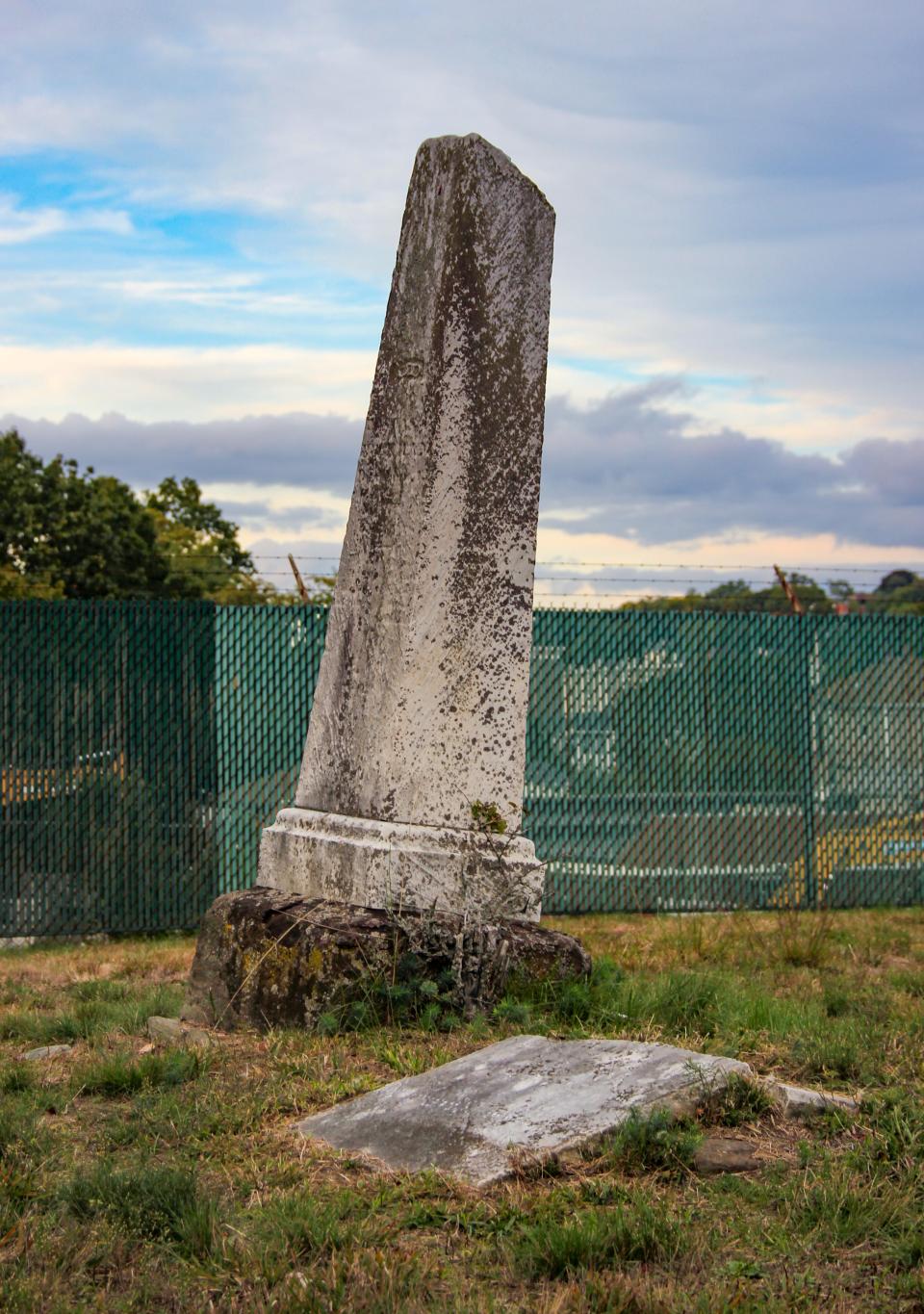
Oak Tree Cemetery, Fall River
Where is it? It's on Brightman Street, near the railroad bridge, across from North Burial Ground.
How to visit: An open gate on Brightman Street makes this accessible to the public.
Who’s there? Only a few stones are scattered here, some so weather-worn that it’s hard to read the inscriptions. A family plot contains the remains of Caroline Denton and three of her children, the oldest of whom was 12. All died within a two-year span from 1854 to 1856.
Fun facts: Around this time, a quarter of infants died before they turned 1, and half of children died before they turned 15. Hmm. That's not really "fun," is it? Oh dear.
Spookiness factor: 4/10. It’s not a particularly creepy location, although imagining the tragedy that must’ve befallen the Denton family is quite chilling.
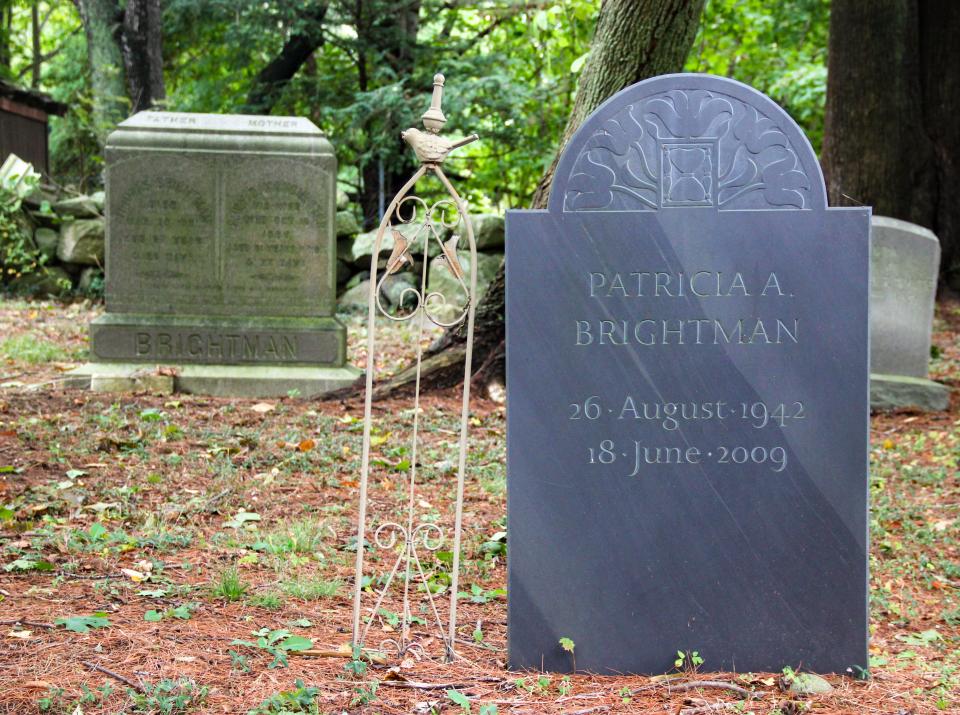
Brightman Farm Cemetery, Fall River
Where is it? Willow Street is a short road that connects New Boston Road to Meridian Street. Along the east side is a small burial ground tucked between single-family homes.
How to visit: A short granite staircase leads from the sidewalk to the grounds.
Who’s there? As the name suggests, this was once part of Brightman’s Farm, and was used by descendants of the Brightman family for generations.
Fun facts: Although most roadside cemeteries have long since been abandoned, this one saw a burial in 2009: Patricia A. Brightman, descendant of the Brightman family, with an old-fashioned slate headstone in place.
Spookiness factor: 2/10. It’s a quiet, peaceful place — autumnal but not scary.
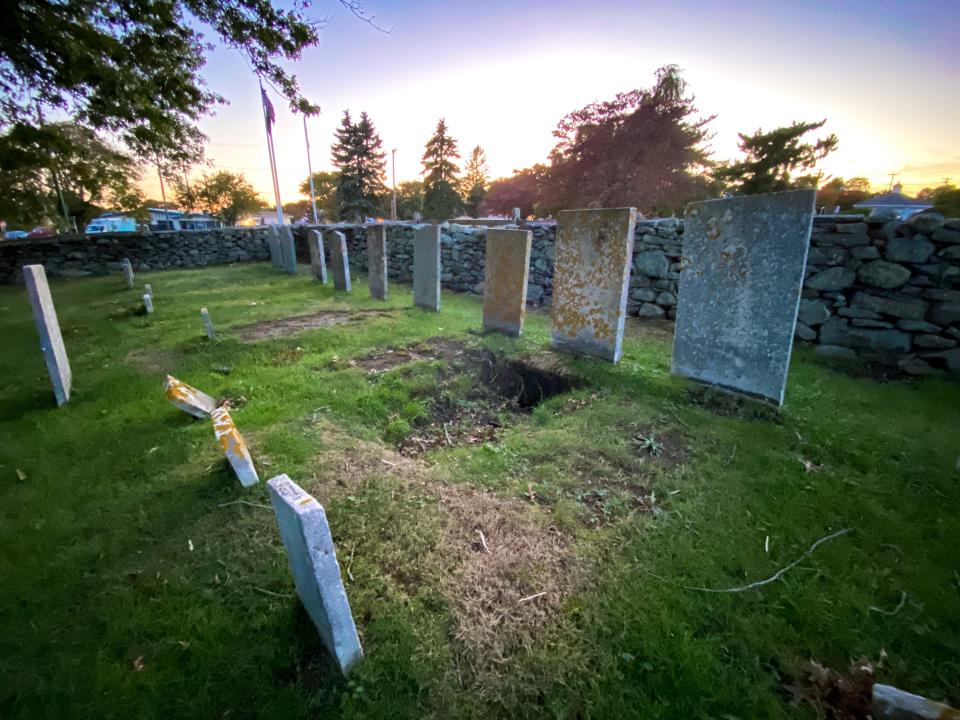
Jonathan Slade Cemetery, Somerset
Where is it? A sizable plot of land, this cemetery sits on Riverside Avenue at the end of Slade’s Ferry Avenue.
How to visit: With businesses and a bank right nearby, there’s plenty of parking, and the grounds are accessible via Riverside Avenue.
Who’s there? Generations of Slades are buried here, going back to the 1720s. Its namesake, Jonathan Slade, was a prominent businessman, along with William Lawton Slade, descendants of the owners of the Slade’s Ferry, and ship owners themselves. The cemetery lies near where the ferry — and later the Slade’s Ferry Bridge — would have taken passengers and cargo across the Taunton River.
Fun facts: Branches of the Slade and Brightman families were connected by business interests for generations — they both operated ferries across the river.
Spookiness factor: 9.5/10. Surveying the grounds reveals that the soil above at least one of the plots has sunken dramatically, making it look like either someone tried to dig it up, or someone tried to dig their way out. Neither option seems nice.
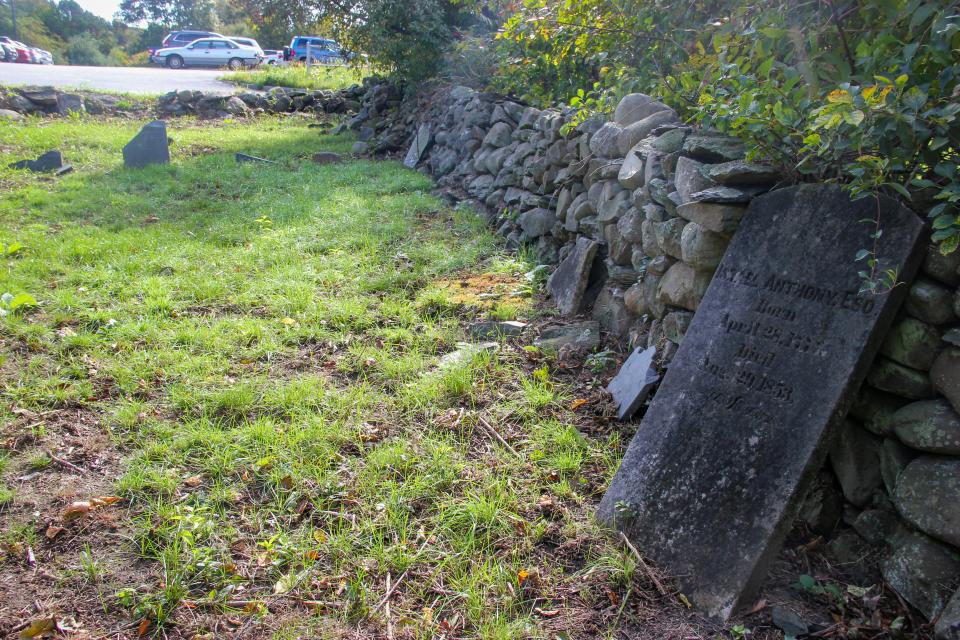
John Anthony Cemetery, Somerset
Where is it? Tucked inside the Somerset Park and Ride on Route 103 is a small plot of land holding a handful of gravestones, many of them misplaced or broken.
How to visit: There’s plenty of parking at the park and ride, with the graveyard easily accessible.
Who’s there? Many of the stones here have been toppled and shattered, but the visible ones are members of the Anthony family. According to "The History of the Town of Somerset Massachusetts,” John and Nathan Anthony were ship owners, and Israel Anthony was a Methodist preacher.
Spookiness factor: 7/10. The stones have long shifted from their spots, so as you walk the grounds it's unclear where anyone’s graves actually are — a creepy thought.
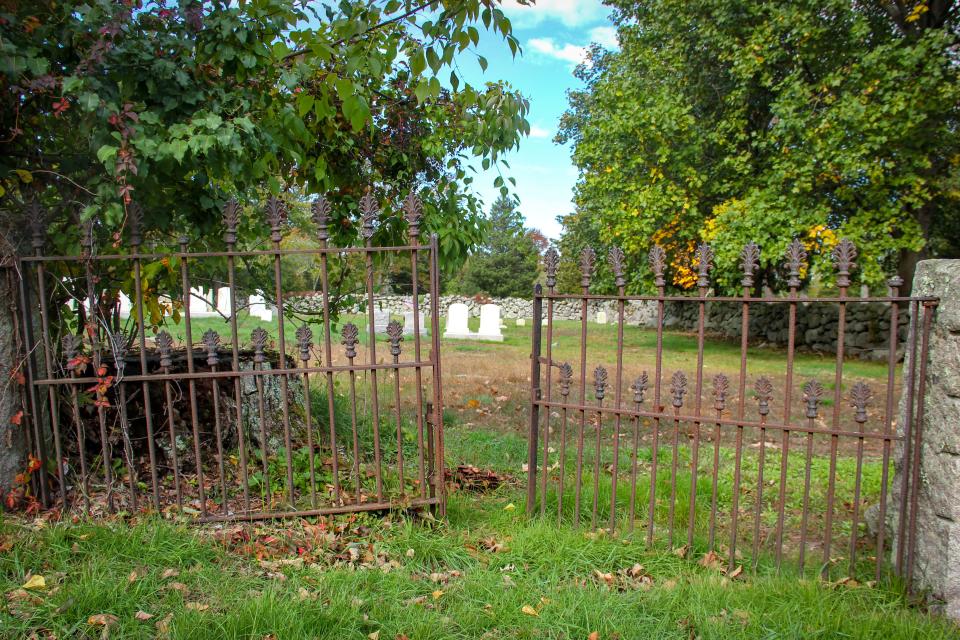
Babcock-Gifford Cemetery, Westport
Where is it? Along the west side of Blossom Road in Westport.
How to visit: The cemetery is enclosed by a stone wall and an iron gate that stands ajar.
Who’s there? Along with Babcocks and Giffords, of course, there are members of the Hicks, Hix and Wordell families too, among others. This is also the resting place of Corp. Benjamin Franklin Gerry, a Fall River resident who died in 1913 and fought from 1861 to 1864 in the Civil War as a member of the 7th Massachusetts Infantry, Company A.
Fun facts: One of the residents of this burial ground is William Henry Gifford, who died in 1915. According to "The History of Bristol County, Massachusetts” by D. Hamilton Hurd, Gifford was an industrious farmer who grew to become a major businessman in the area. Gifford had significant real estate holdings, owned part of a whaling ship, and was director of the Barnard Manufacturing Co., which today we know as the Tower Mill on Quarry Street.
Spookiness factor: 2/10. This is a well-kept place with bright white headstones; nothing to fear here.
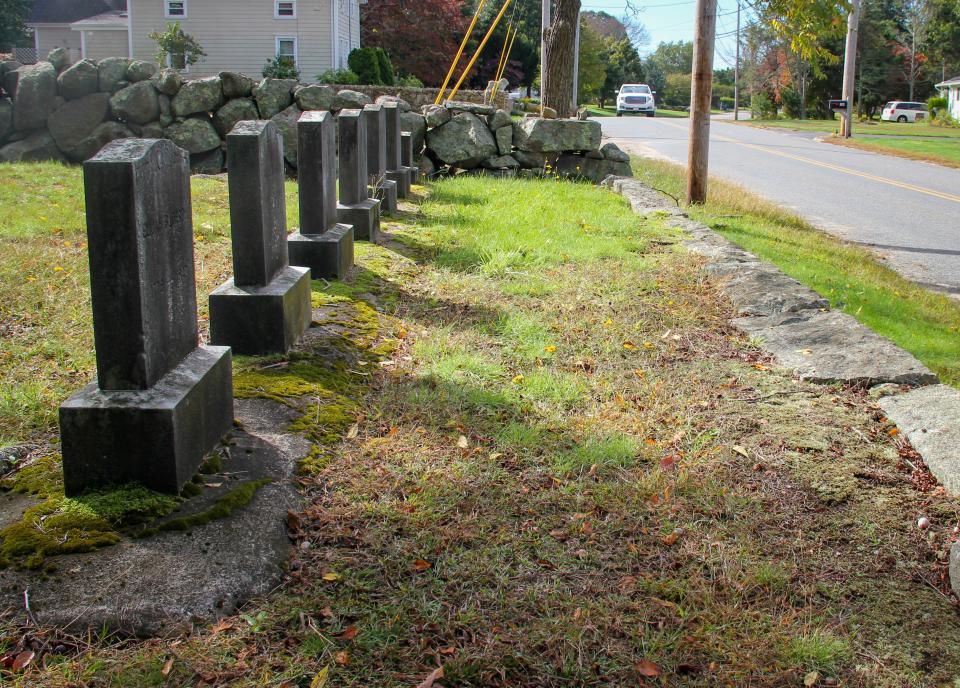
Blossom Cemetery, Westport
Where is it? Along the eastern side of Blossom Road in Westport, next to the Headwaters Conservation Area.
How to visit: The hiking spot next door has parking for one or two cars, with the cemetery easily accessed.
Who’s there? Seven neat, identically shaped headstones commemorate members of the Blossom family, including patriarch Elijah Blossom, a “veteran of the early Indian wars,” according to the Fall River Globe, who built a homestead on the east side of the Watuppa Pond.
Fun facts: The Blossoms trace their lineage to one of the earliest Pilgrim colonizations. A descendant of the Blossom family, Abram Blossom, sold the family farm in the early 20th century to the city of Fall River to establish the Watuppa Reservation, which has protected the water supply ever since.
Spookiness factor: 1/10. The cemetery’s neatness and symmetry are too quaint to be scary.
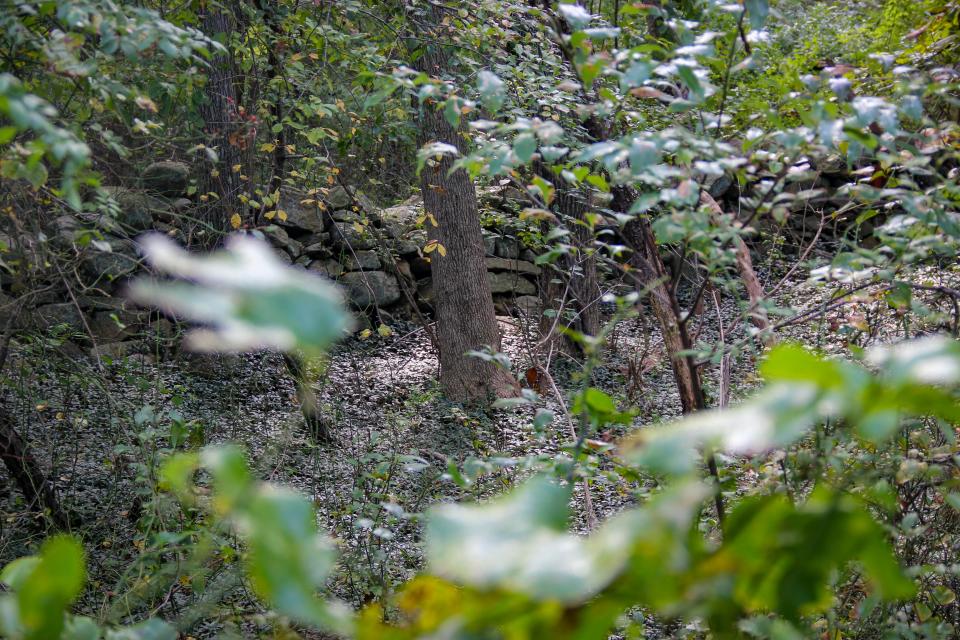
Wilson Cemetery, Fall River
Where is it? A wildly overgrown spot along Yellow Hill Road, near Copicut Reservoir.
How to visit: The gate is barely visible from the road, and there are so many vines that this cemetery is essentially inaccessible.
Who’s there? As the name suggests, this is a family plot mostly containing members of the Wilson family, large landowners in the eastern area of the city dating back to the late 1800s. Among them are Edward and Hannah Gray Wilson; Edward’s father, David Wilson, who died in 1835; and infant Mary Shockley, who died on Halloween in 1866.
Fun facts: Wilson Road in the North End of Fall River? Same Wilsons.
Spookiness factor: 10/10. It's on one of the most sparsely populated, hard-to-travel roads in Fall River’s forested section, so choked with thorns and prickers you can’t even see the stones, deep in the woods where wild animals live, with spotty cell service, and there’s the remains of a baby who died on Halloween. Don’t go messing around over here.
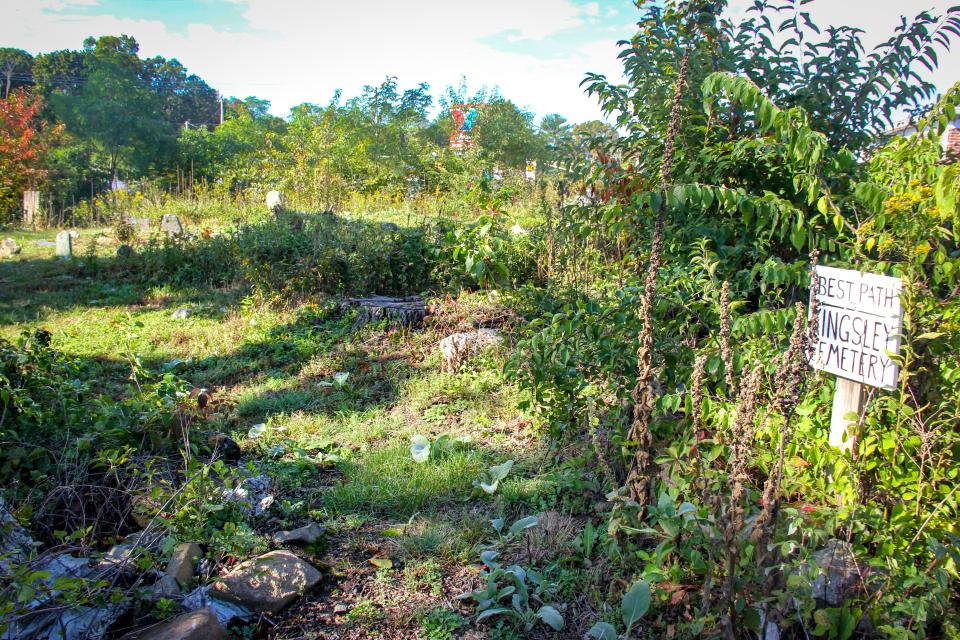
Kingsley Family Cemetery, Swansea
Where is it? This tiny plot is squeezed between Route 6 and Milford Road in Swansea, tucked behind a Valvoline Instant Oil Change shop.
How to visit: Park in the Valvoline lot and you’ll see a sign to find the cemetery.
Who’s there? The stones here date to the mid-1800s, and commemorate members of the Kingsley family that traces its roots back to the earliest days of European settlement, when Swansea was known as Swanzey.
Fun facts: Nathaniel and Philina Kingsley, husband and wife buried here, were apparently first cousins. It was the late 1700s, folks! Options were limited!
Spookiness factor: 2/10. That detail notwithstanding, the cemetery’s proximity to modern-day stuff limits any spookiness.
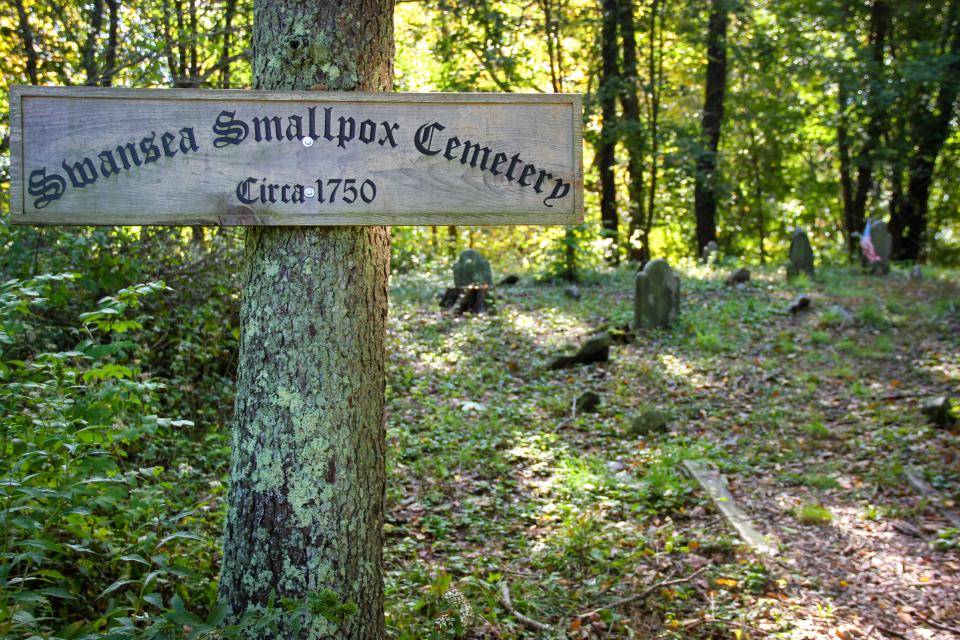
Old Smallpox Cemetery, Swansea
Where is it? You’ll find this place on Milford Road in Swansea off the bike path, across from Case High School.
How to visit: Park near the town playground and walk west along the bike path until you see a clearing in the woods.
Who’s there? The headstones that are engraved show dates in the 1750s, and as the name suggests this was a cemetery for those who had died of smallpox, a terribly painful and traumatic disease. Smallpox cemeteries, which can be commonly found in New England, were kept separate from other cemeteries for fear of spreading the illness — people at the time so dreaded smallpox that the sick were kept isolated in “pest houses” and those who died buried quickly, often at night.
Fun facts: According to the marker dates, these victims died of smallpox a few years before a more widespread American smallpox outbreak in the 1770s — an outbreak so terrible that Gen. George Washington mandated inoculation for troops fighting for independence from England.
Spookiness factor: 8/10. Living through our own pandemic has been frightening enough, and more so when standing among the remains of victims of another.
Dan Medeiros can be reached at dmedeiros@heraldnews.com. Support local journalism by purchasing a digital or print subscription to The Herald News today.
This article originally appeared on The Herald News: Southcoast Wonders: Explore roadside cemeteries in Greater Fall River

